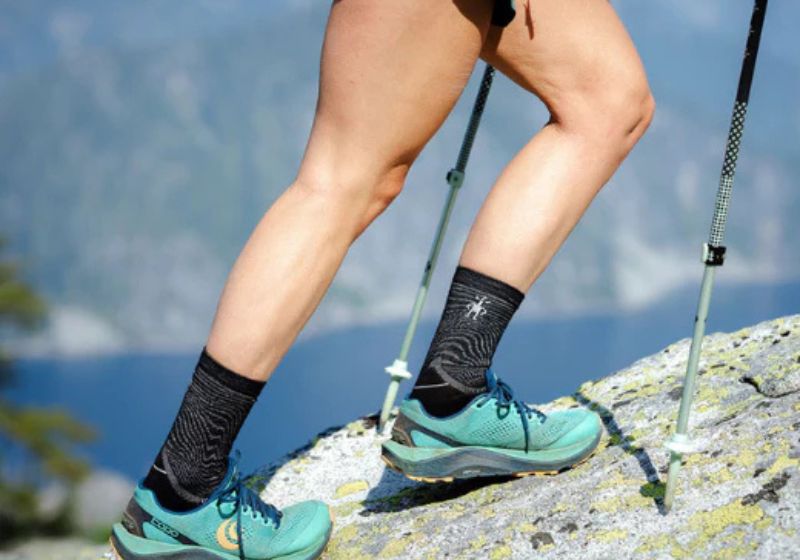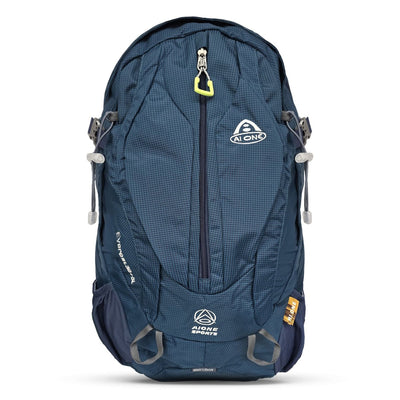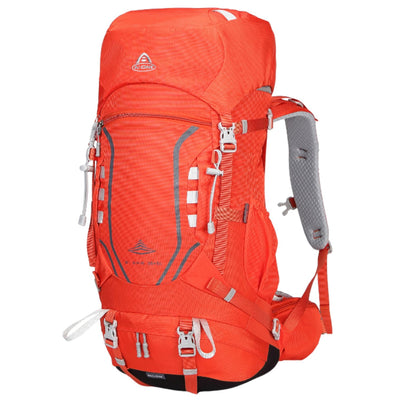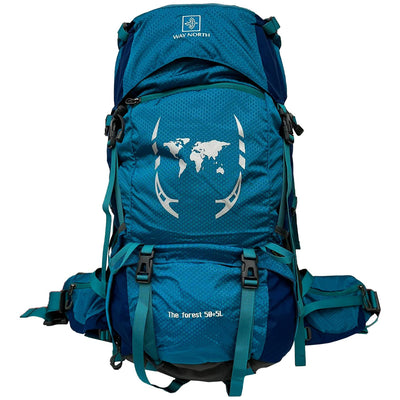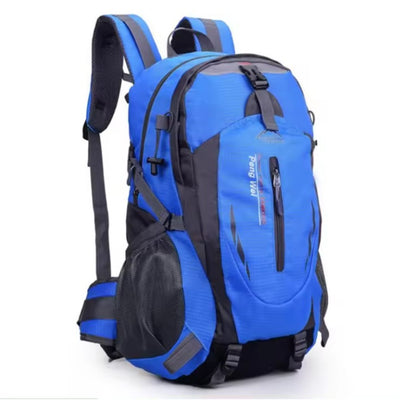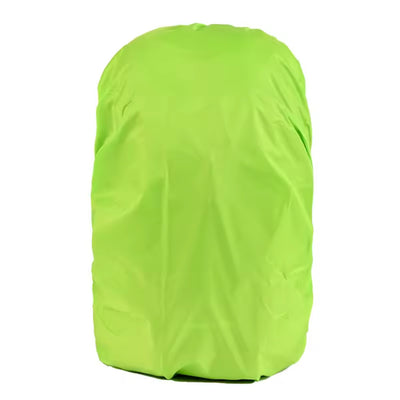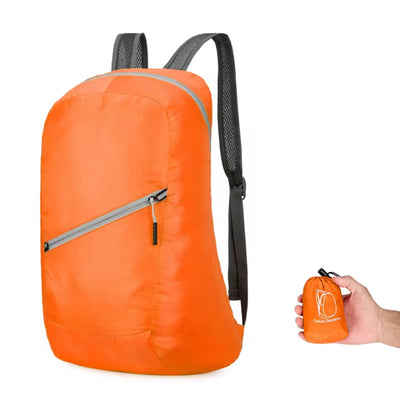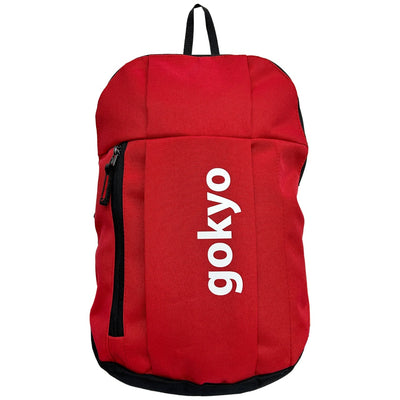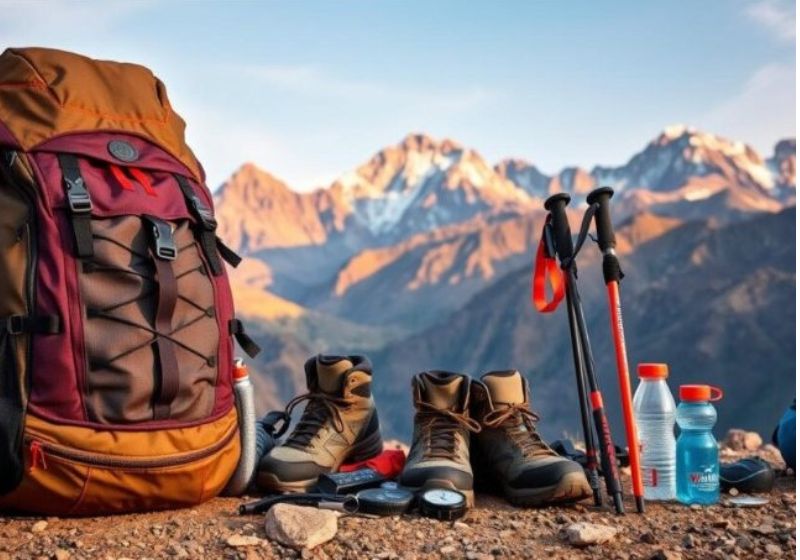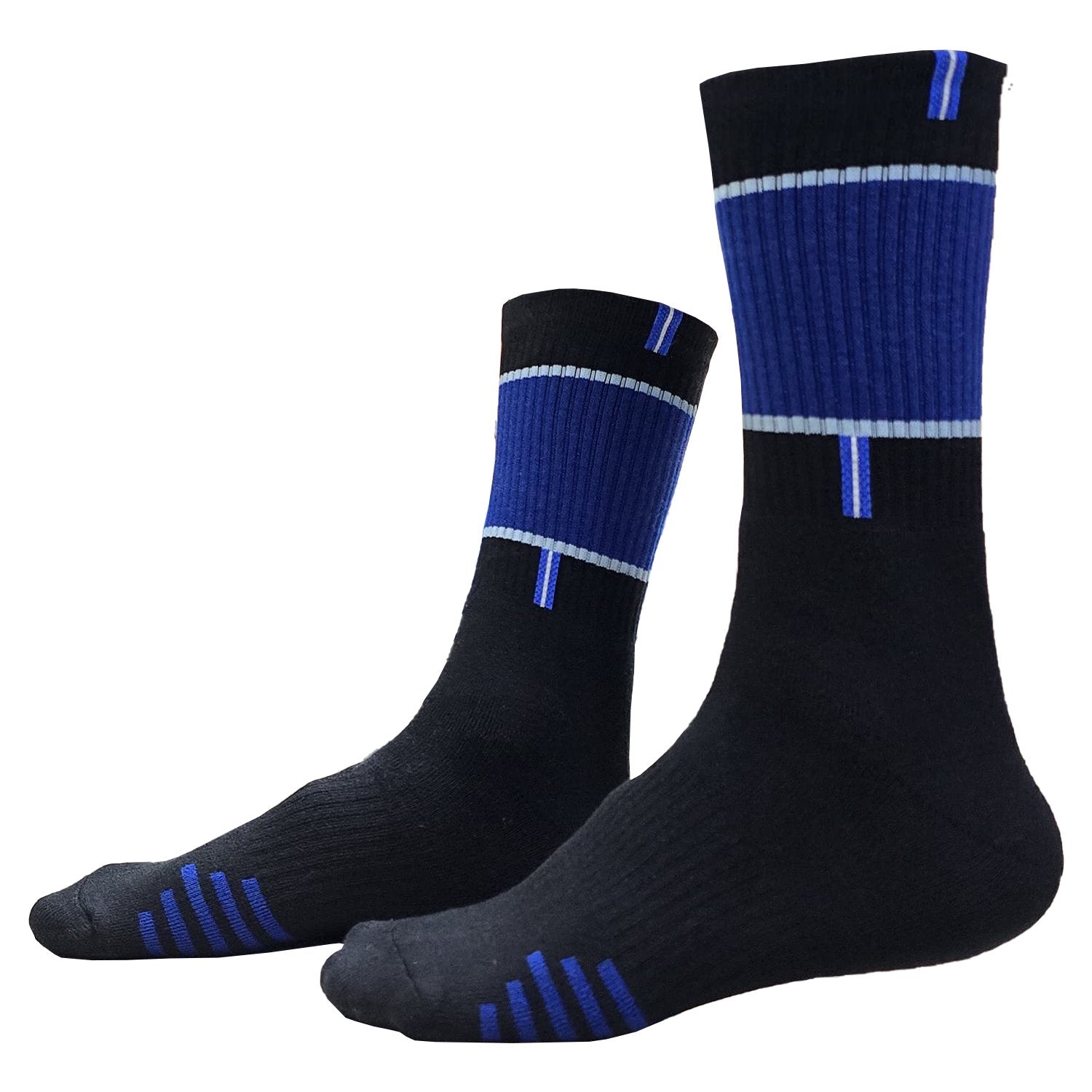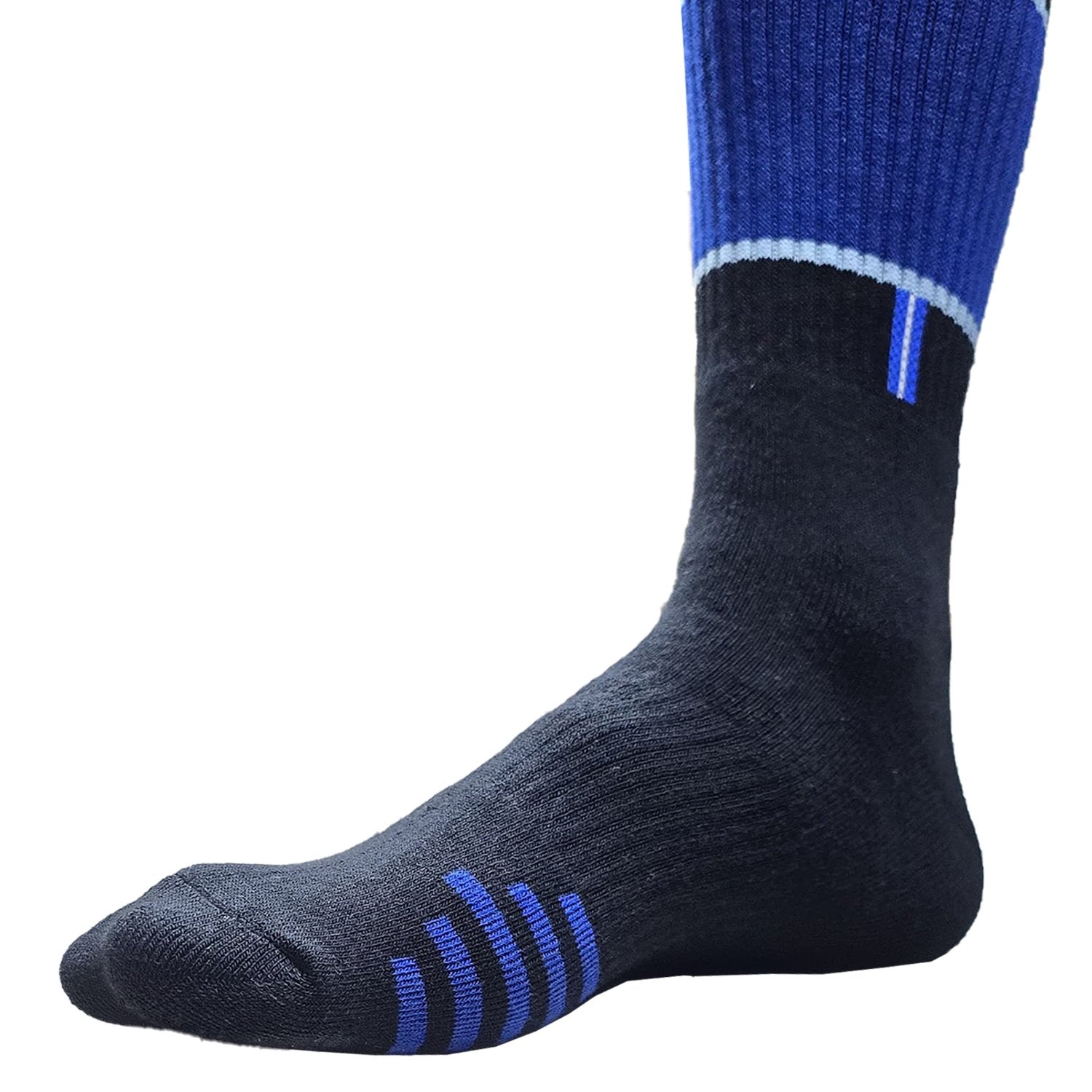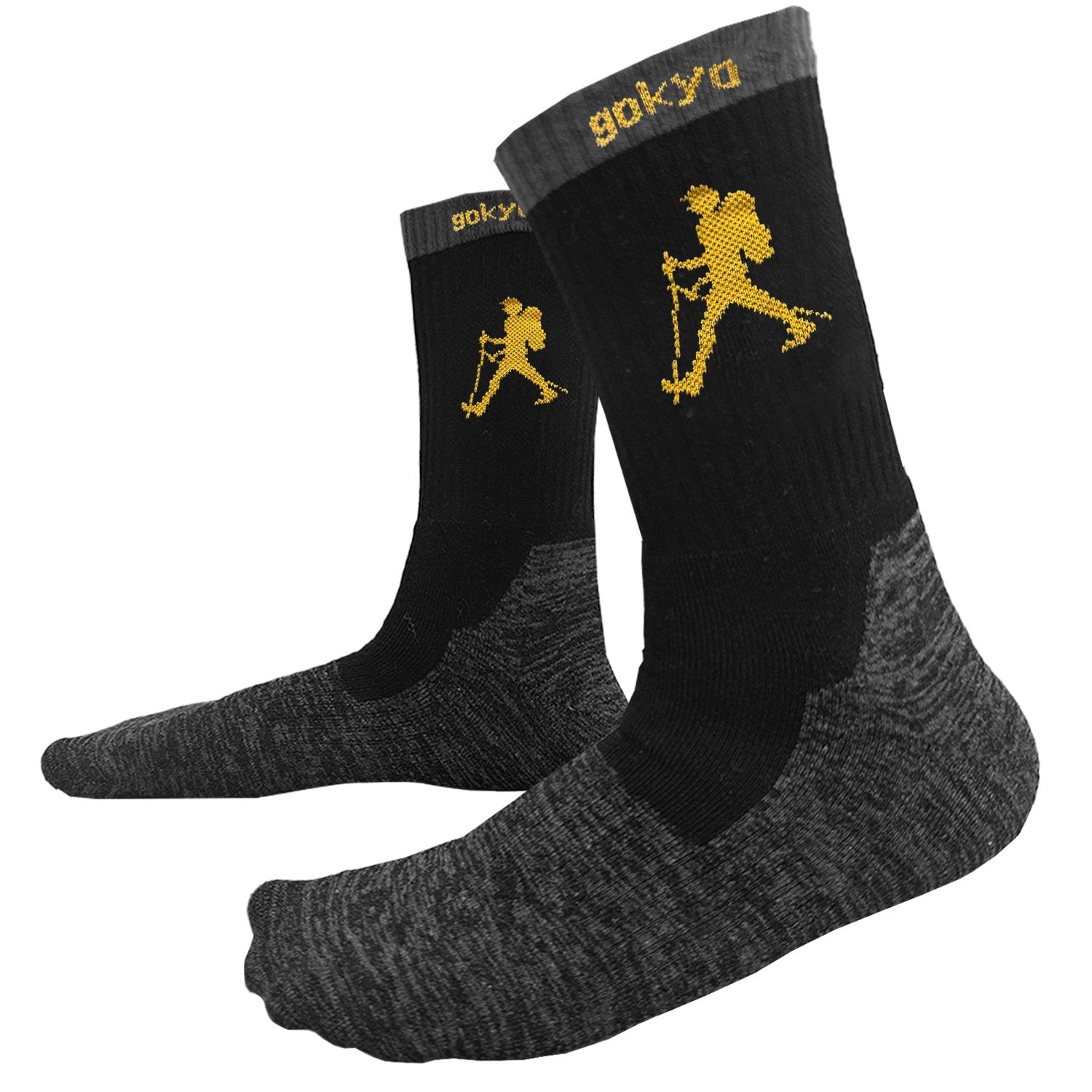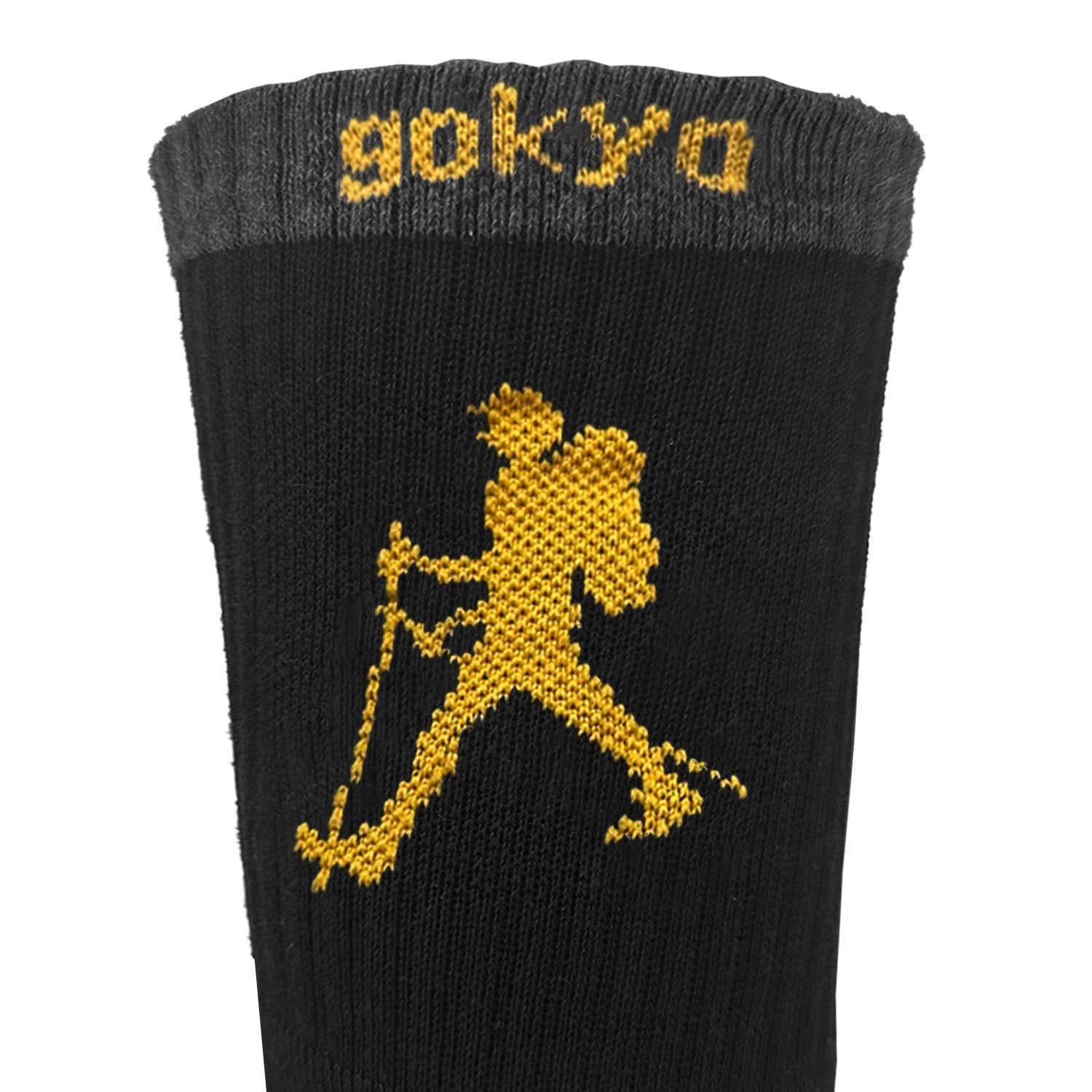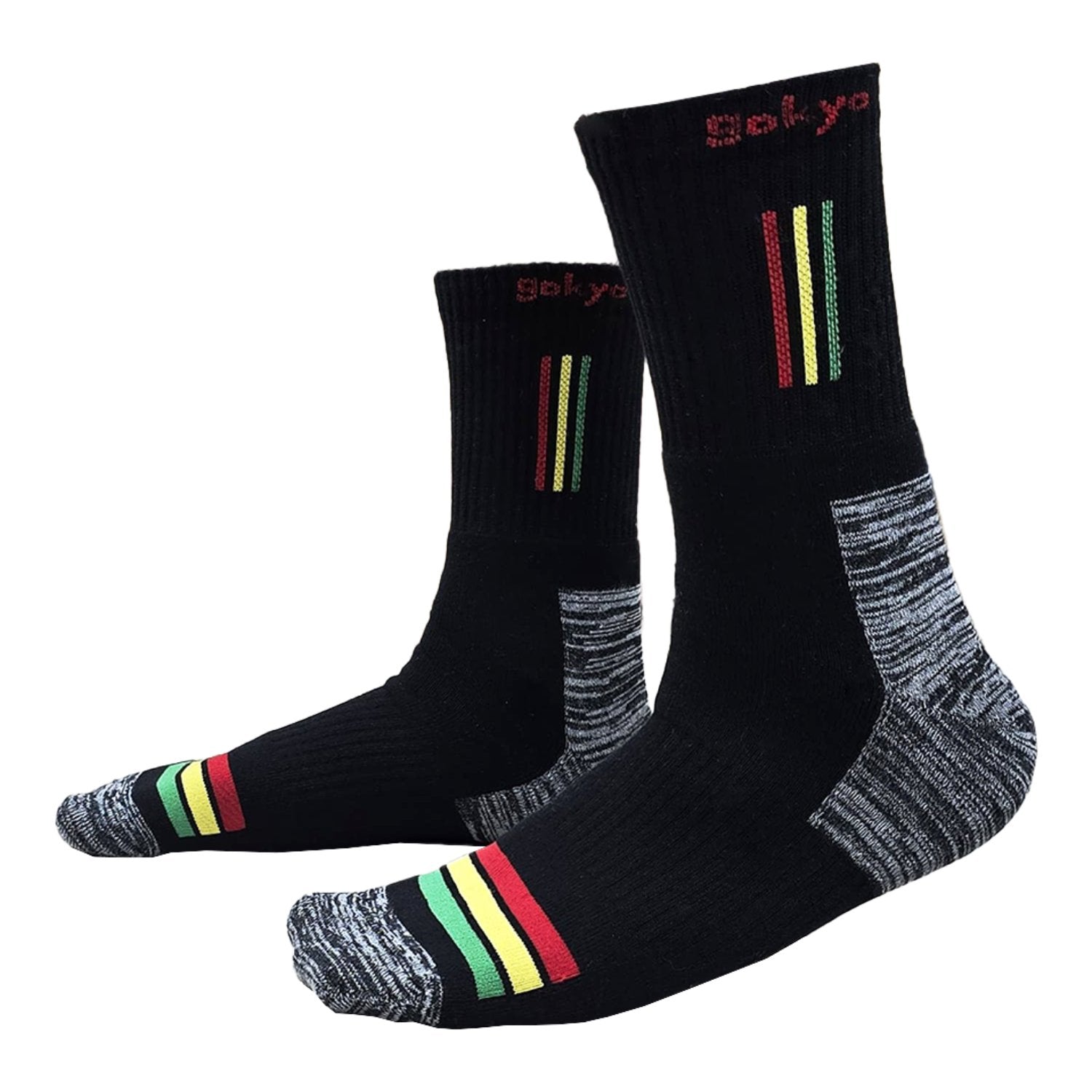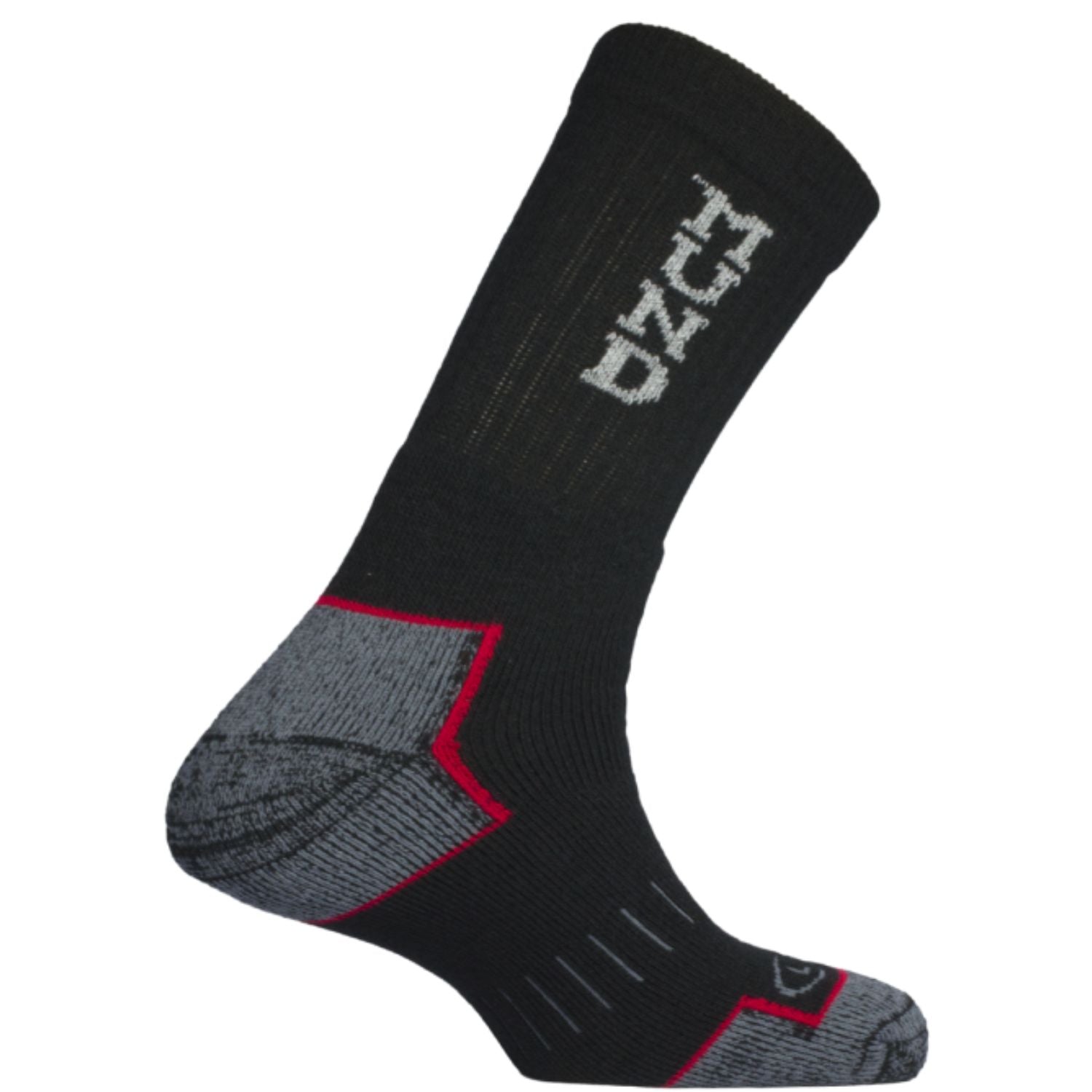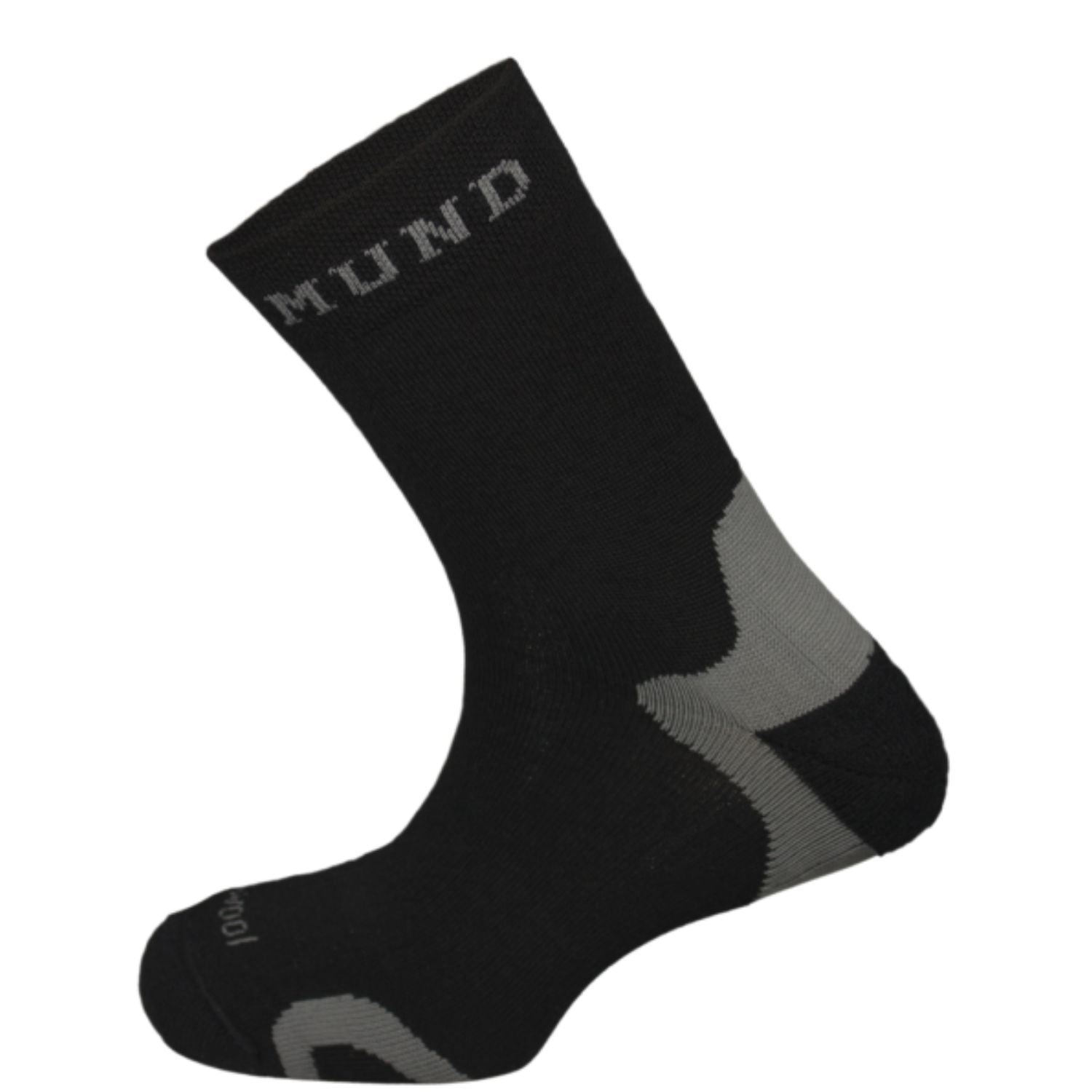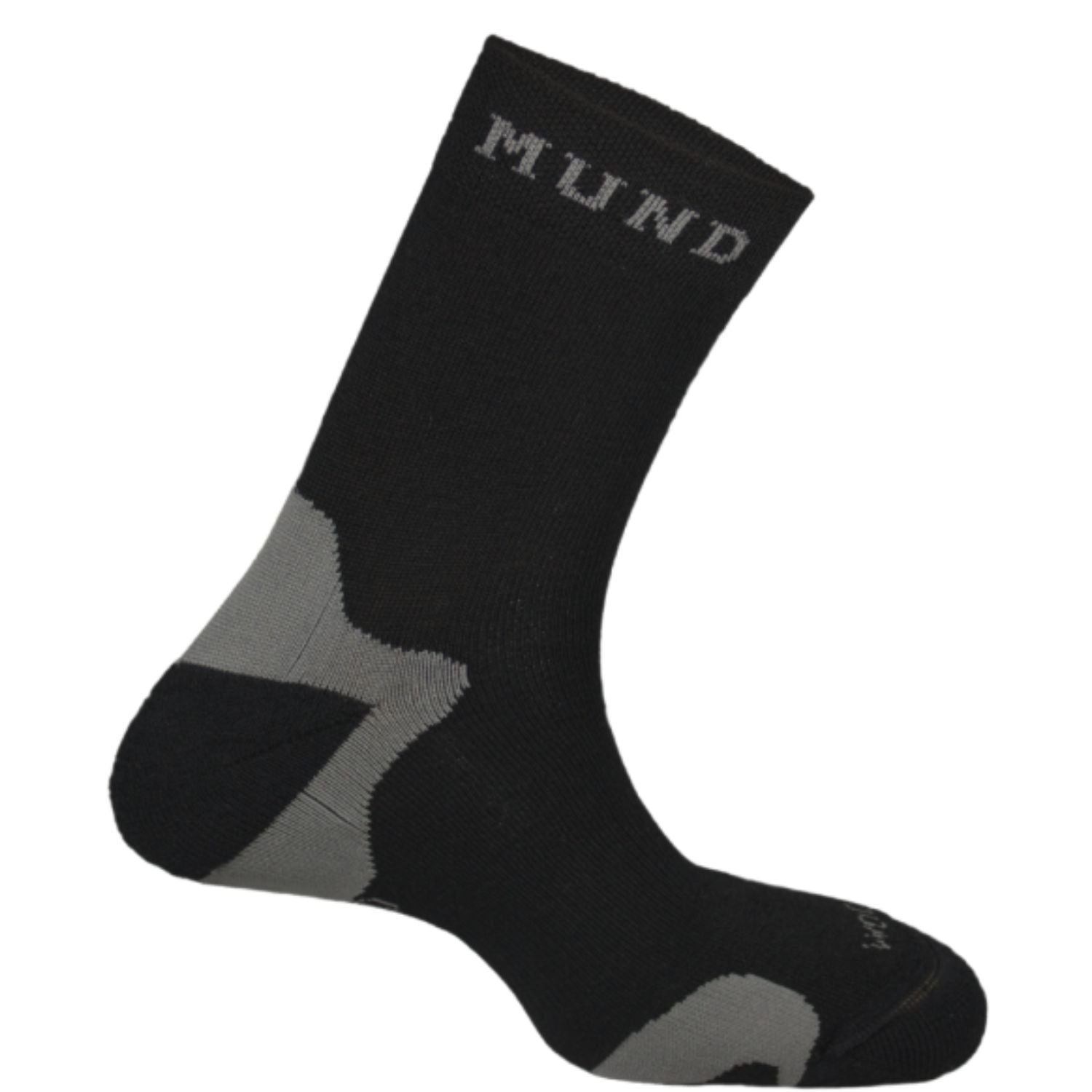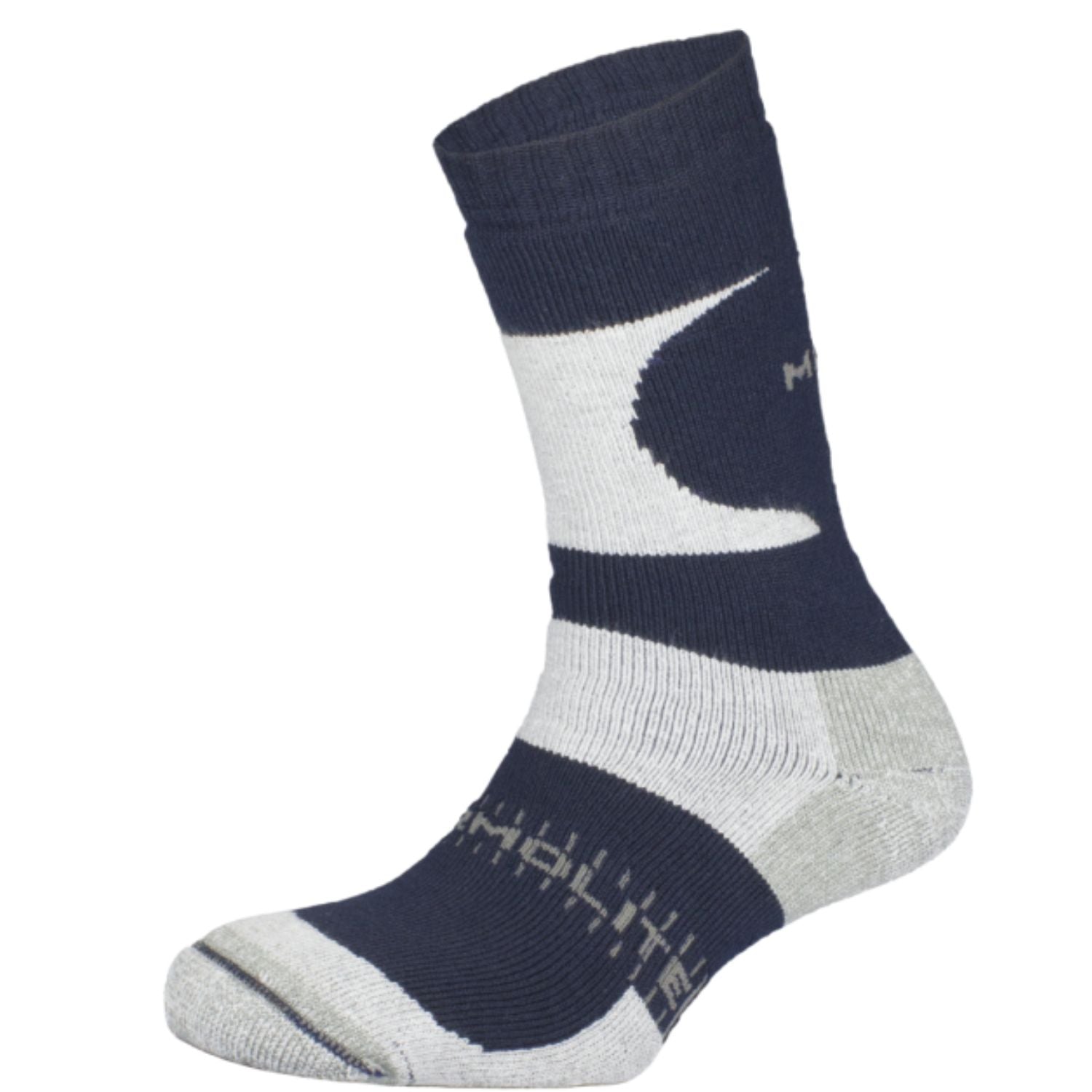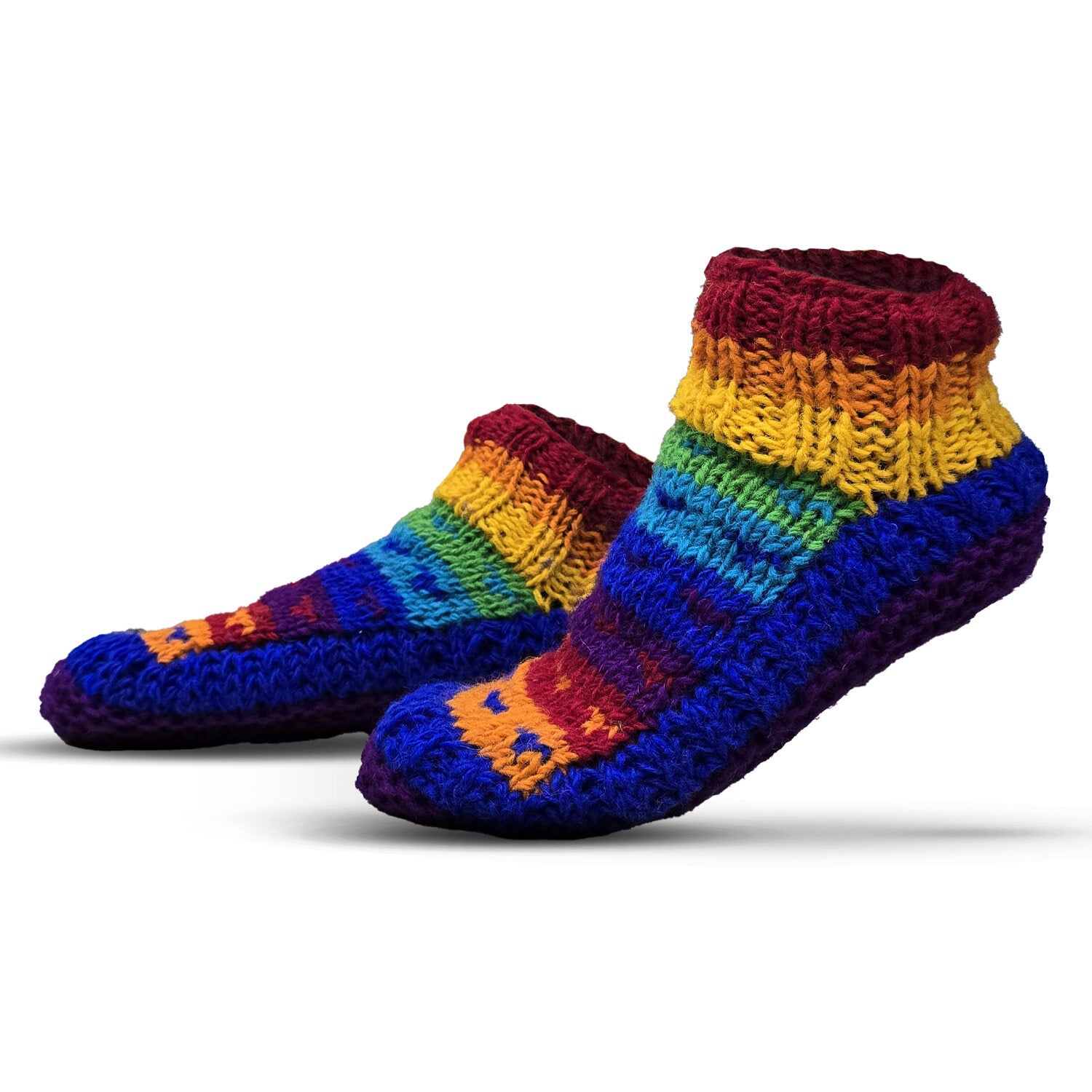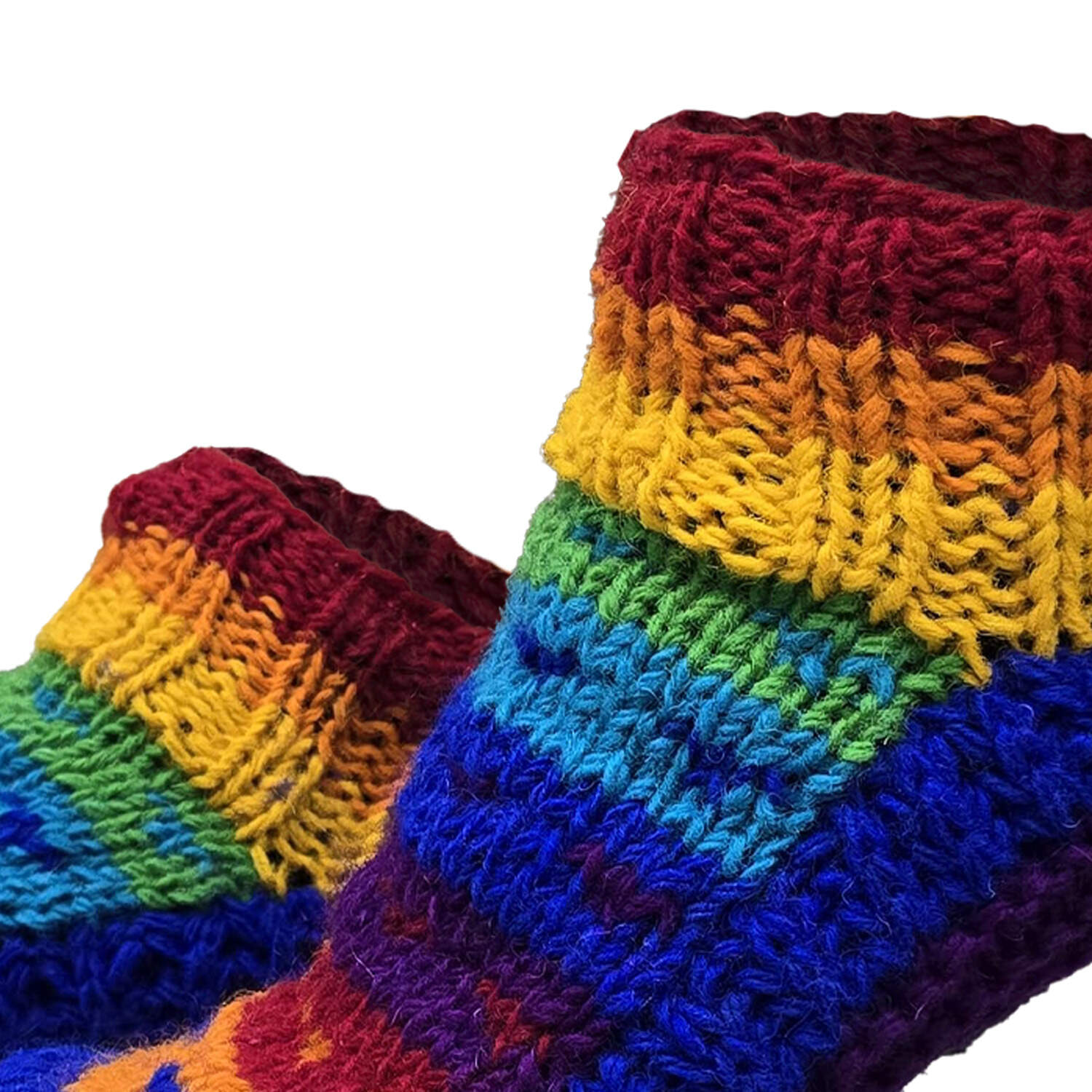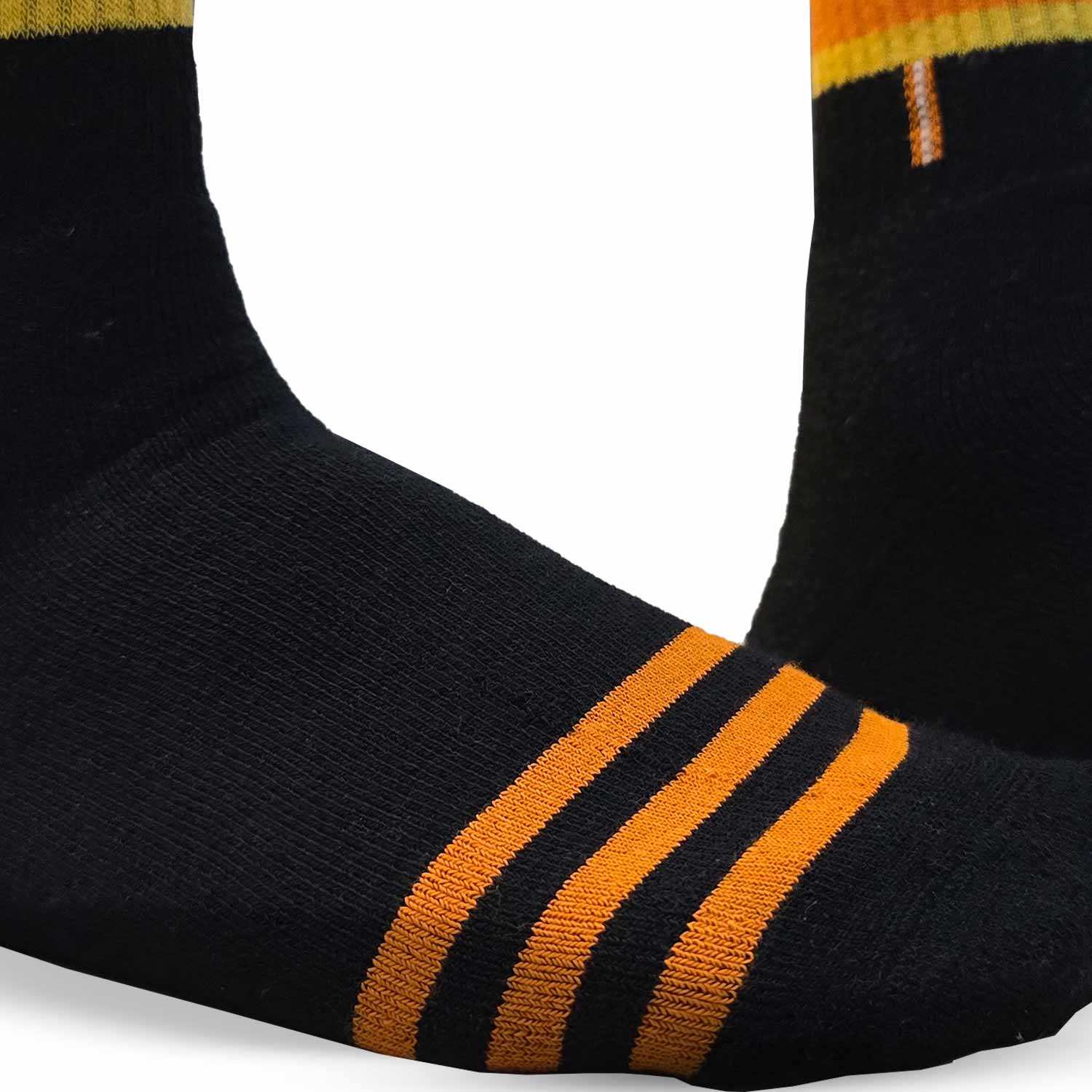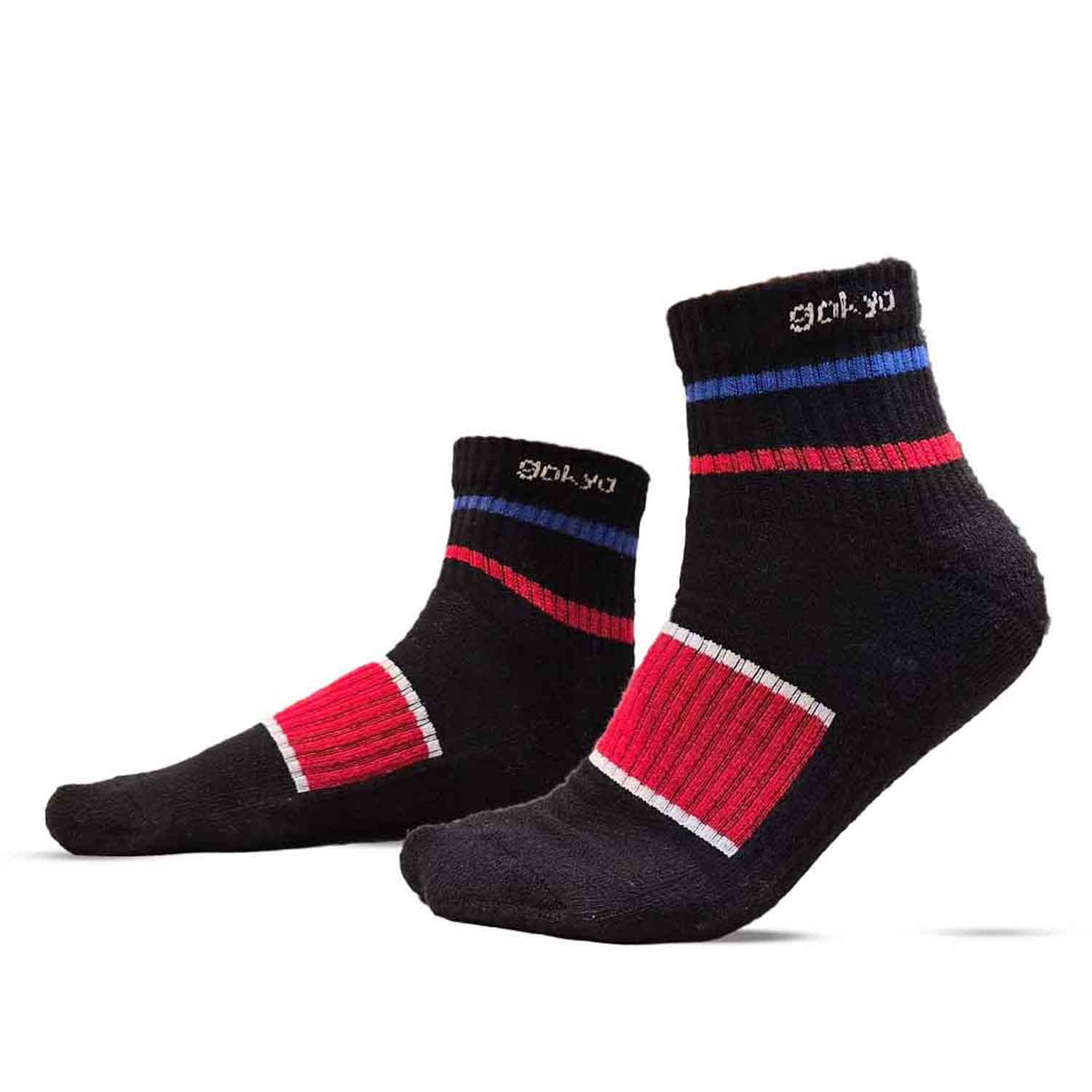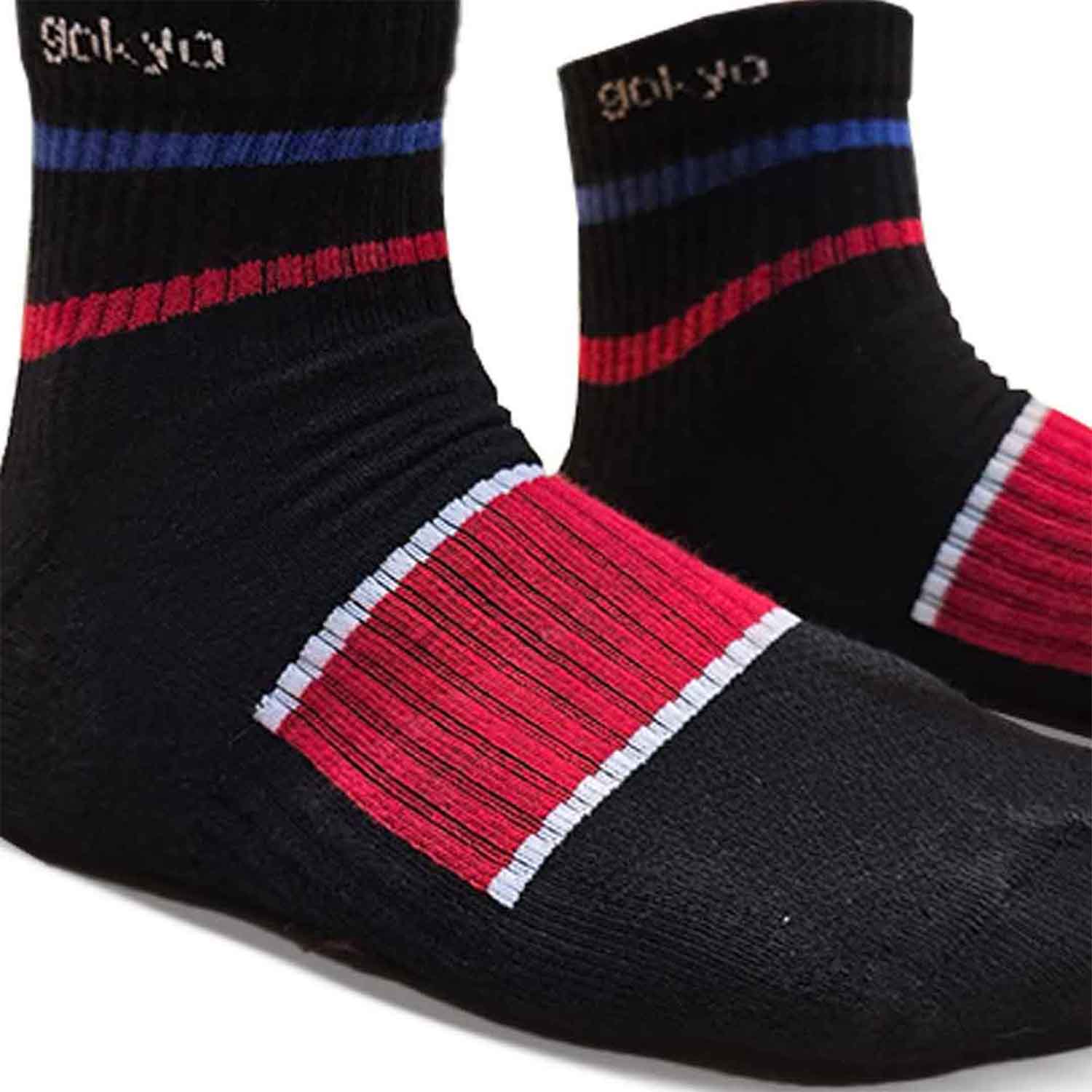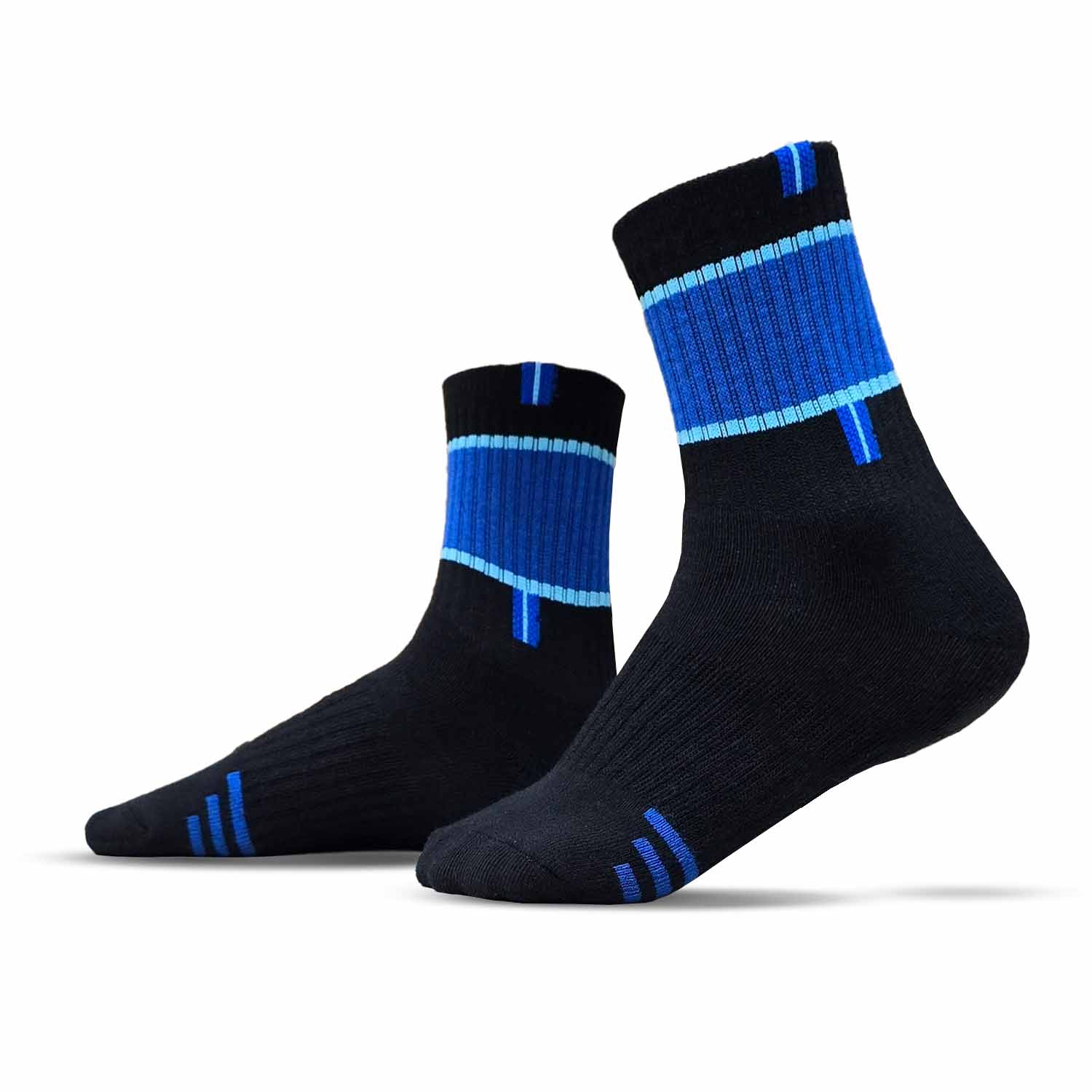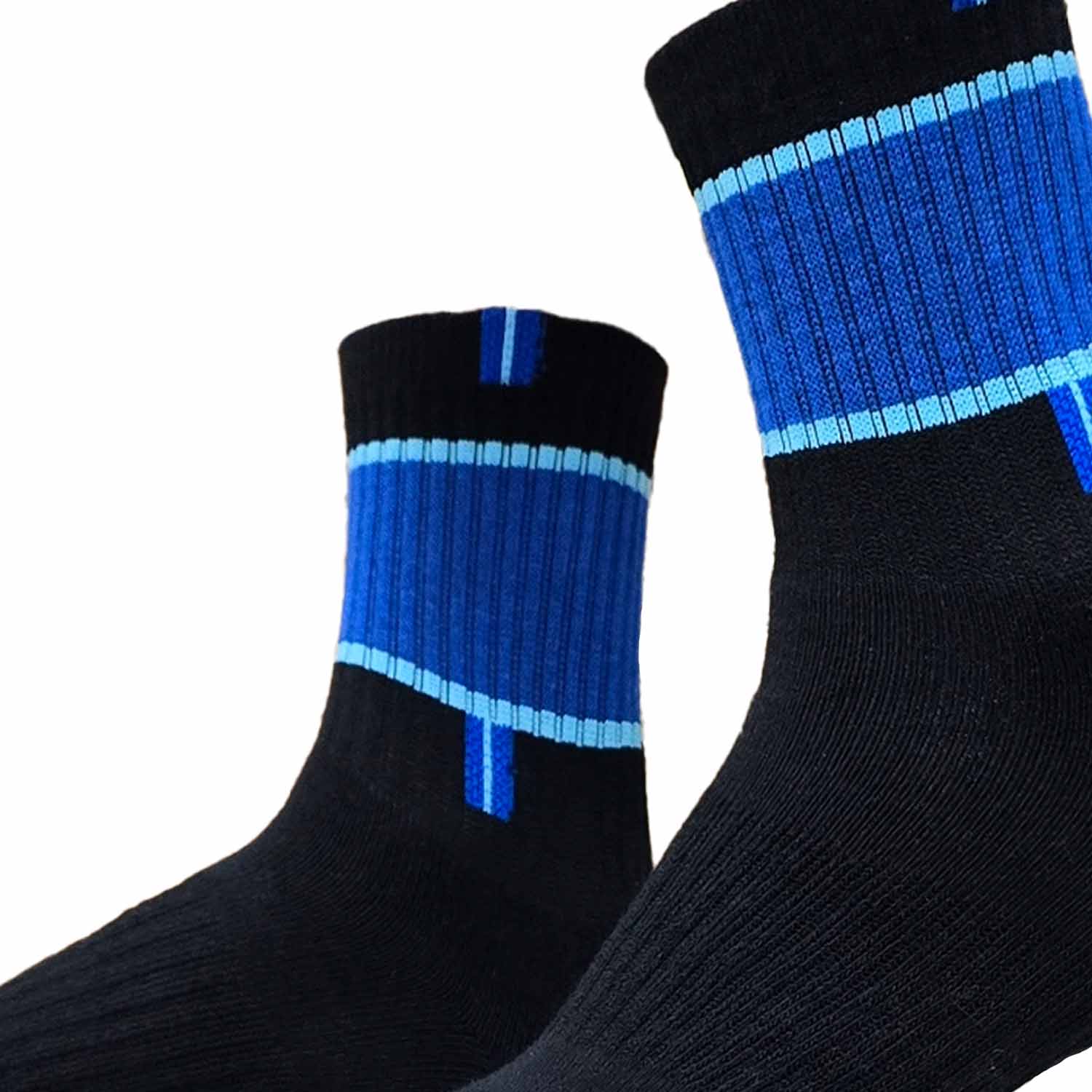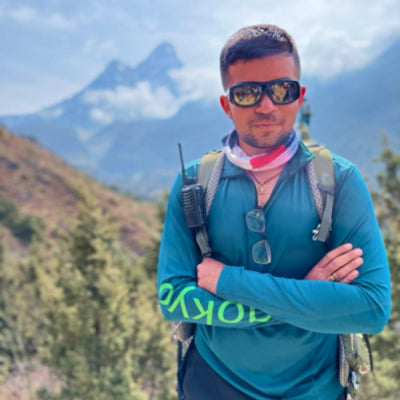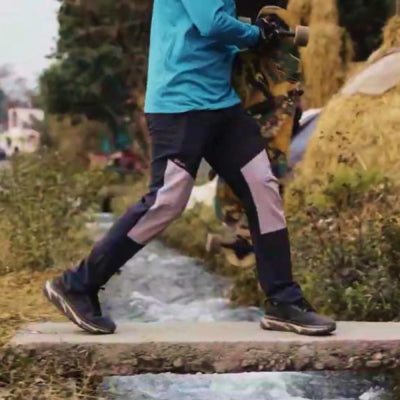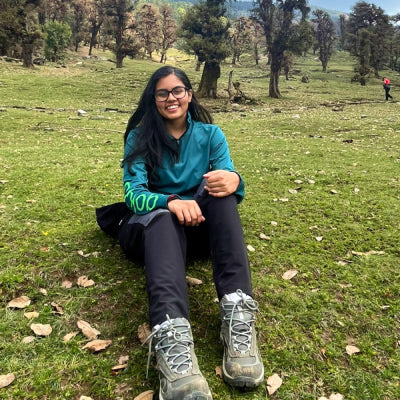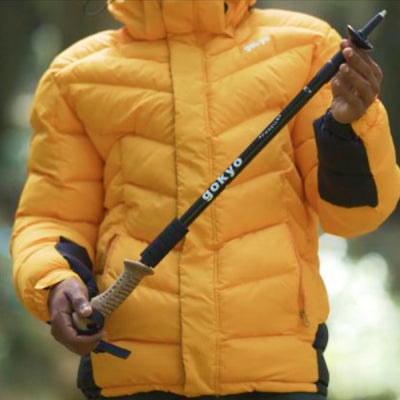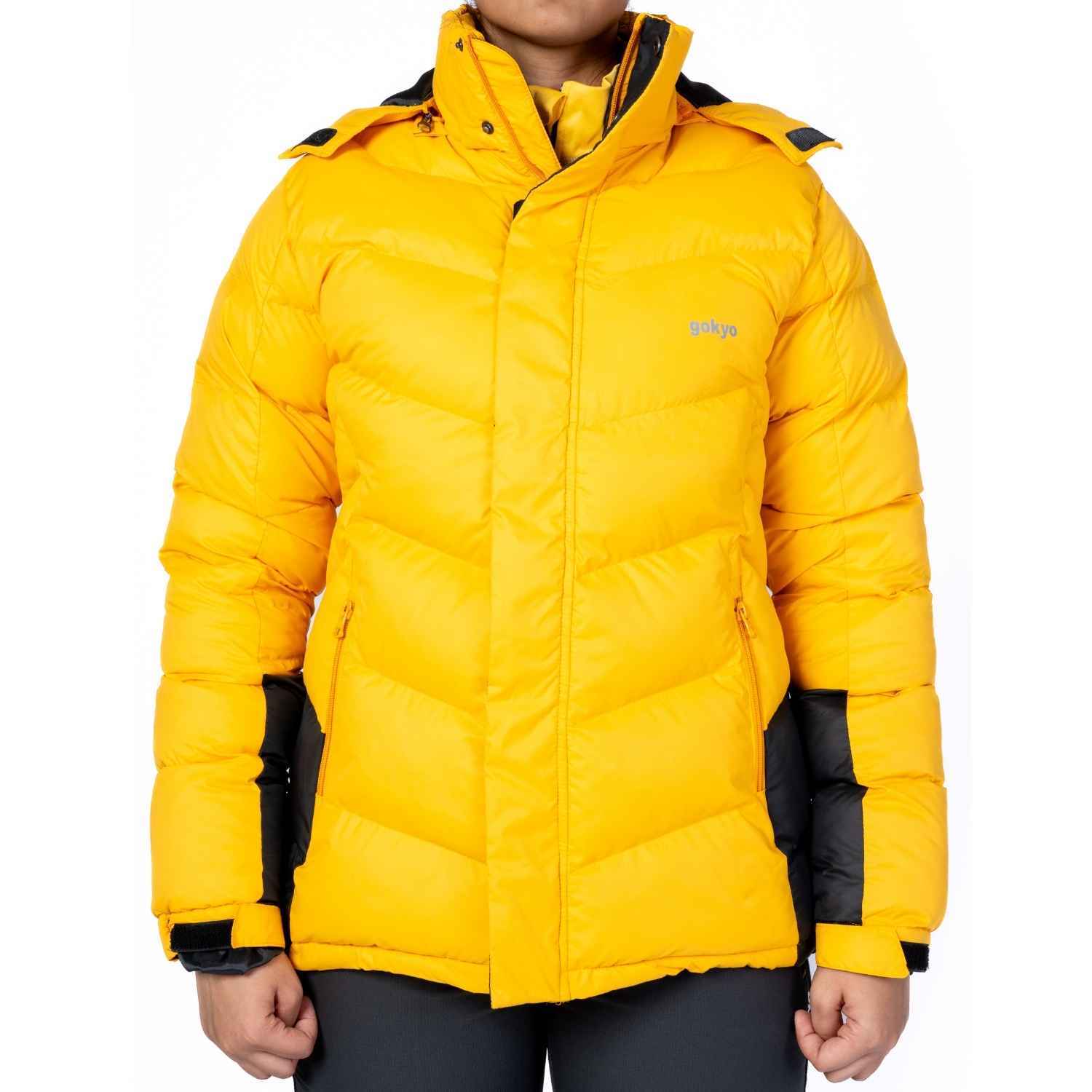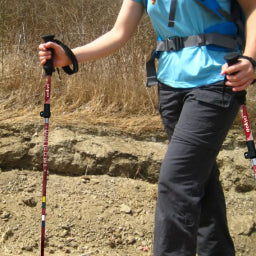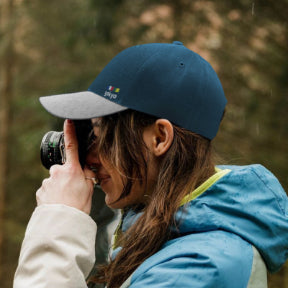For any avid trekker, a good pair of socks is an essential piece of gear. They form the crucial barrier between your feet and the elements, playing a significant role in comfort, blister prevention, and overall enjoyment on the trail. With a vast array of options available, choosing the right pair of trekking socks can feel overwhelming. This guide dives into the world of trekking socks, exploring different materials, features, and considerations to help you find the perfect fit for your next adventure.
Material Matters:
-
Merino Wool: Merino wool is widely considered the gold standard for trekking socks. It boasts excellent moisture-wicking properties, keeping your feet dry and comfortable even during intense activity. Merino wool is also naturally odor-resistant, a welcome benefit on multi-day treks. However, merino wool socks tend to be on the pricier side.
-
Synthetic Fabrics: Synthetic materials like nylon and polyester offer a more affordable alternative to merino wool. They wick away moisture effectively and dry quickly, making them ideal for warm-weather hikes. However, synthetics may not be as effective at regulating temperature and can trap odor compared to merino wool.
-
Blends: Many trekking socks combine merino wool with synthetic fibers. This offers a balance between the benefits of both materials, providing good moisture management, odor resistance, and affordability.
Sock Features to Consider:
-
Cushioning: Trekking socks come in various cushioning levels, from light for warm weather to heavyweight for colder conditions and added impact protection. Consider the terrain you'll be tackling and your personal preference when choosing cushioning.
-
Height: Trekking socks typically come in crew, knee-high, and over-the-knee lengths. Crew socks offer a good balance between breathability and protection, while knee-high and over-the-knee socks provide additional warmth and protection from brush and debris.
-
Seamless Toe: Seamless toe construction minimizes irritation and potential blister formation, especially important for long hikes.
-
Reinforced Heel and Toe: These areas experience the most wear and tear. Reinforcement provides added durability and helps prevent holes.
Finding the Perfect Fit:
A good pair of trekking socks should fit snugly but not constrictingly. There should be no bunching or slipping at the heel, and the toes shouldn't feel cramped. Try on socks with the type of footwear you'll be wearing for trekking to ensure a proper fit.
Beyond the Basics:
-
Liner Socks: Liner socks made from thin, moisture-wicking material can be worn underneath your main trekking socks for added comfort and blister prevention.
-
Compression Socks: Compression socks can improve circulation and reduce fatigue, especially on longer treks.
Caring for Your Socks:
-
Wash your socks after each trek with a gentle detergent. Follow the care instructions on the socks to ensure longevity.
-
Air dry your socks whenever possible. High heat can damage the fibers.
The Final Step:
With the right pair of trekking socks, you can conquer any trail with confidence and comfort. Visit Gokyo Outdoor Clothing & Trekking Gear to explore our wide selection of trekking socks from top brands. Our knowledgeable staff can help you find the perfect pair for your next adventure, ensuring your feet stay happy mile after mile.
Our Expert Picks: Best Trekking Gear for Your Adventures
Frequently Asked Questions (FAQs) :
-
What materials are best for trekking socks?
Merino wool is ideal for its moisture-wicking, odor-resistant properties. Synthetic fabrics like nylon and polyester are also effective and more affordable. Blends of merino wool and synthetics offer a balanced option.
-
What sock features should I look for when trekking?
Key features include cushioning for comfort and impact protection, seamless toes to prevent irritation, and reinforced heels and toes for durability. Sock height should be chosen based on your needs for breathability and protection.
-
How do I find the right fit for trekking socks?
Trekking socks should fit snugly without constriction. Ensure there’s no bunching or slipping at the heel, and that the toes have enough room to move. Try on socks with your trekking footwear to ensure a good fit.
-
What are liner socks, and should I use them?
Liner socks are thin, moisture-wicking socks worn under your main trekking socks to enhance comfort and prevent blisters. They can be beneficial for long treks or if you have sensitive feet.
-
How should I care for my trekking socks?
Wash your socks with a gentle detergent and air dry them to prolong their lifespan. Avoid using high heat, which can damage the fibers.
